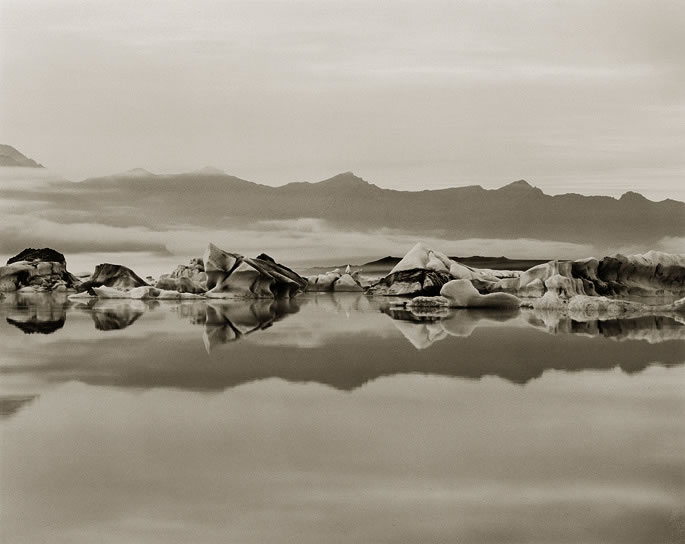I like the opening of this section which talks about the tendency to see photographs as accurate representations of things that really happened, but “that photographs are carefully constructed cultural texts that need to be read critically.” The text an image ideas were very compelling as well. I especially liked the idea of drawn out instructions about how to do something silly, like stick one’s feet out the window as Erwin Wurm did in “Instruction Drawing.”
Tag Archives: April Hayden
Alex Webb
Helen Levitt
Reading Response: Editing, Presentation, & Evaluation: Theory B p.339-364
I liked learning a little bit more about Muybridge in this chapter. His life sounds really interesting and it makes me want to read his biography. Summer reading!!! as Garth would say. His method of collaging multiple negatives together to take long exposures without blowing out the skies is a great idea, but I wonder how hard it is to make it look seamless. I loved how Frampton described Muybridge’s San Francisco panorama as “a work of sculpture turned inside out.” The lighting variations because of the long exposure times made it more interesting to look at than modern panoramas with matching lighting, in my opinion.
Reading Response: Ch. 23 (esp. p.527-530)
I like the variety that is available with solarplates. You can not only use a positive transparency, but also photogram objects or a hand-painted image, or even something drawn with crayons. The double exposure option with the aquatint screen opens up your options further by allowing water-based inks and deeper blacks. I also love that this book provides a list of potential problems that could occur and all of their solutions to help any beginner have success with this process.
Reading Response: The Platinum/Palladium Process
I am fascinated by the platinum process. The amazing tonal range that is possible (considered to be well beyond that of a traditional silver gelatin paper) and the ability to coat one’s own paper are both aspects that I really appreciate. It is an unusual process in that when printing, one cannot tell if the exposure is correct until after the image has dried because the wet just-exposed image is lighter than after it is dried.
Irving Penn
Beautiful Platinum Prints
Wet Plate Collodion by Kerik Kouklis
Reading Response: Reproductive Process: Theory p.169-204
Thinking about the options for printing and reproductions is difficult because value is so determined by quantity and availability. Rare and unique art objects are considered to be so much more valuable than anything easily or mass produced. I also like image-making being described as, “I have decided that seeing this is worth recording.” It is such a straight-forward view of each decision to take a picture. Also the idea of ownership and copyrights are very complex issues without clear rules or guidelines. Everyone is inspired by other artists or objects whether they realize it or not, but when does that inspiration become copying and then when does it become wrong?








